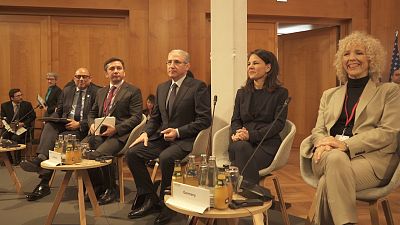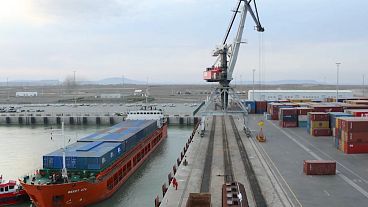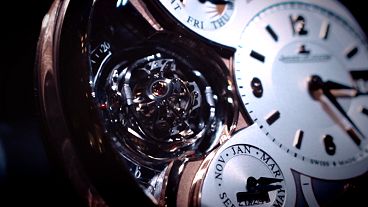At the elderly care home in Semipalatinsk, we met 85 year old Praskovya. Semipalatinsk, or Semey, is a city 150 kilometers from the main Soviet nuclear weapons test site.
Praskovya is a former warehouse manager who used to work in a small town bordering the restricted area in the 1950s. She witnessed one of the nuclear explosions: “We were curious, so we went outside to watch. When the explosion happened, it looked like a large bowl, with black smoke and flames coming from the bowl. Then it rolled into a ball, and a smoke column went up, and at the top, the mushroom appeared. And then the soldiers came and made us leave the street, shouting “it’s not allowed, it’s not allowed”. But we already saw everything interesting. And then everyone got health problems. I’ve had headaches all my life.”
After a wave of popular protests, the Semipalatinsk site was closed in 1991. It had carried out 456 secret nuclear tests.
President of Kazakhstan, Nursultan Nazarbayev, took the decision to close down the facility: “Even senior leaders of Kazakhstan were not allowed to know about the ongoing tests until 1990, until Gorbachev’s glasnost and the opportunity to speak. And as a result of demands from the people, who already knew and understood the complexity and gravity of the issues, I took the only right decision – despite difficulties at the time. The military-industrial complex of the Soviet Union was against it and the Soviet leadership was also against it.”
However, the closure could not reverse the environmental damage to the region, which has more than a million inhabitants, most of which are villagers. Radioactive fallout from nuclear blasts have given Semey and neighboring villages abnormally high rates of cancer and birth defects.
Local oncology centers are screening tens of thousands of patients, trying to detect and treat tumors at early stages. People living in the area are still predisposed to breast and pulmonary cancer.
Tleugaysha Makenova suffers from breast cancer: “I live in a district close to the test zone. Last year I was diagnosed with breast cancer. I had to have an operation and radiation therapy. I didn’t see any explosions myself, but my parents talked about the effects of the blasts on the people. My husband got cancer too – he’s already dead.”
Scientists stress that there is not enough research to link each individual case to radiation. However, it is clear that the nuclear legacy keeps haunting younger generations. Infant mortality here is five times higher than the average for developed countries. Embryonic defects are widespread, and cancer strikes teenagers as well as adults.
Natalya Karnakova is head of the Radiology Department at Semey Oncological Hospital: “We have patients who are fifteen or eighteen, even younger – but, unfortunately, they die very quickly. Their parents lived in the regions close to the site. And, of course, the parents are very upset that they didn’t get sick, but their children did.”
Dozens of little children abandoned by their parents live in the local orphanage. A fifth of them are mentally or physically disabled. These conditions have become increasingly frequent in the last few years.
Symbat Abdikarimova is a neuropathologist at Semey Baby Home: “We are getting more and more disabled infants, each passing day their number increases. Environmental factors work slowly – we can see their effects in 10 or 20 years, in the first, second, third or fourth generation.”
Innocent victims of atomic weapons keep suffering twenty years after the last explosion – a terrible legacy of the ruthless past.



